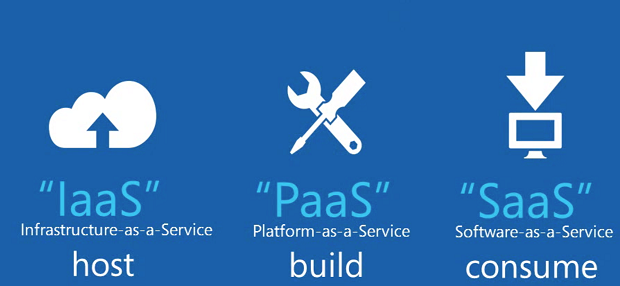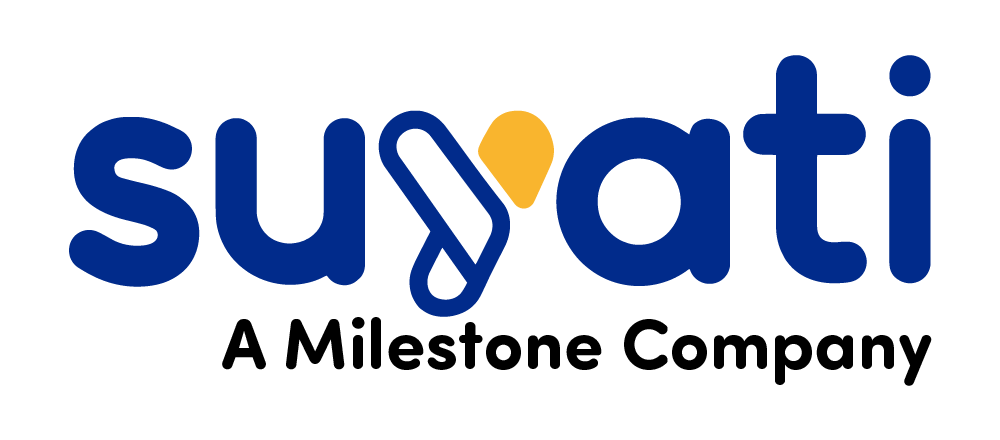Very often people use the terms “SaaS” “Iaas” and “Paas” intermittently with “cloud computing” to refer to the storage and processing of data and applications at a remote location, accessible through the Internet, as opposed to conventional on-premises server processing and storage. There are, however, a few fundamental differences in what these terms stand for. SaaS, PaaS and IaaS, in fact, represent three layers of cloud computing.
SaaS or software as a service is the most common manifestation of cloud computing. SaaS providers offer software or applications on a subscription basis through the web browser, saving the users the hassles of purchasing a full copy of the software and maintaining it, which require heavy investment. The SaaS offering is modular, allowing the users to pick and choose what they require. The users control neither the infrastructure nor the individual applications as their power is limited to making configuration changes. Cisco’s WebEx, Salesforce’s CRM, DropBox and Google Apps are a few of the popular SaaS offerings in vogue.
PaaS or Platform as a service is the middle layer of cloud computing, offering users an integrated and well-managed cloud-based environment complete with all components of a development environment such as virtualized servers, operating systems, middleware, programming language, security, deployment and delivery tools which the user would otherwise have to install and manage separately and on their own. PaaS users may develop and run their applications in such an application-hosting environment without the hassles of maintaining hardware and software infrastructure. PaaS also enables collaboration from multiple locations. The biggest PaaS providers today are Microsoft Azure, Google App Engine and Saleforce’s Force.com.
IaaS or Infrastructure as a Service refers to the provisioning of cloud infrastructure such as storage space, servers and networking capabilities in a pay-as-you-go model through the net. The cutting edge of IaaS is dynamic scaling which enables the users to scale up or down the resources as and when required. While they have no control over the underlying infrastructure, they are also freed from having to invest in or maintain such complex hardware. The big names in the IaaS space are Amazon, Microsoft, VMWare, Rackspace and Red Hat.

